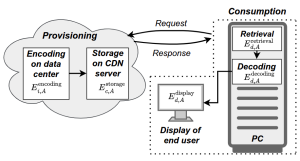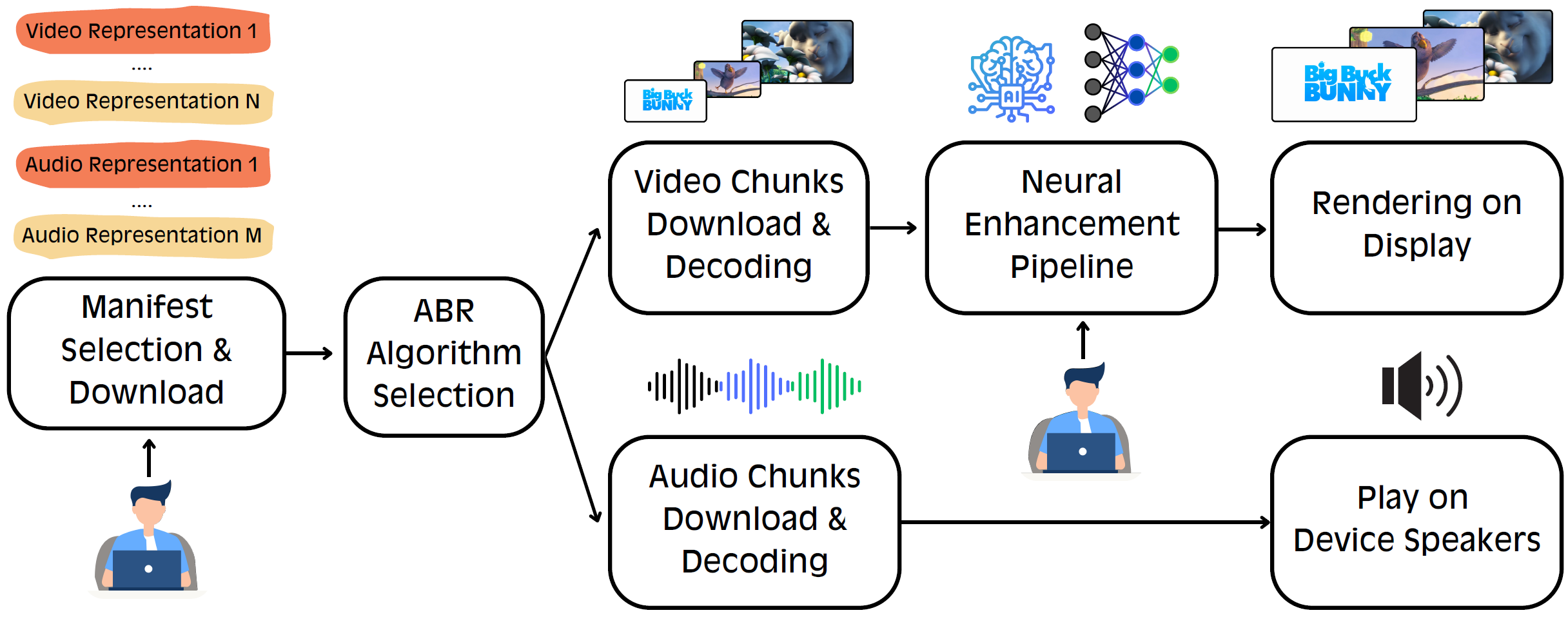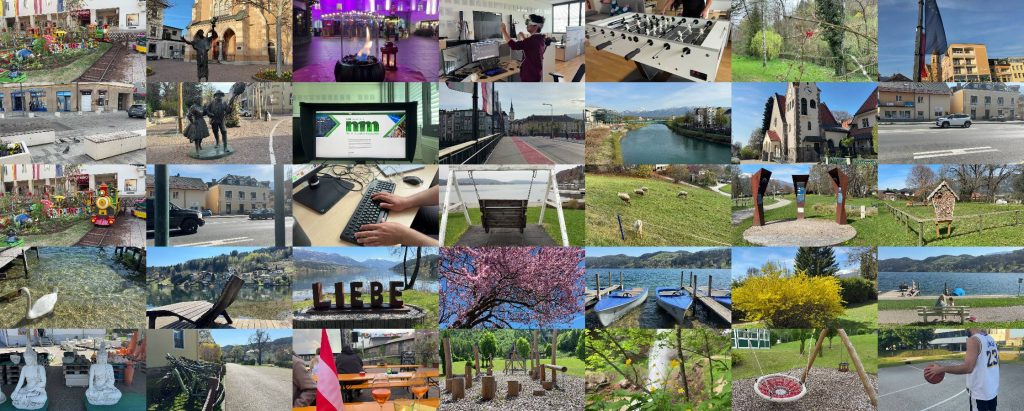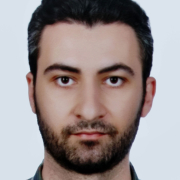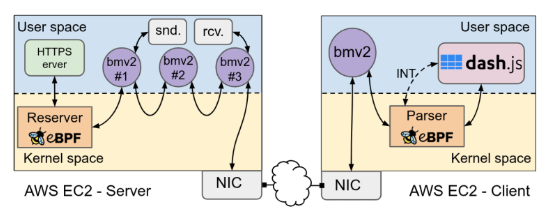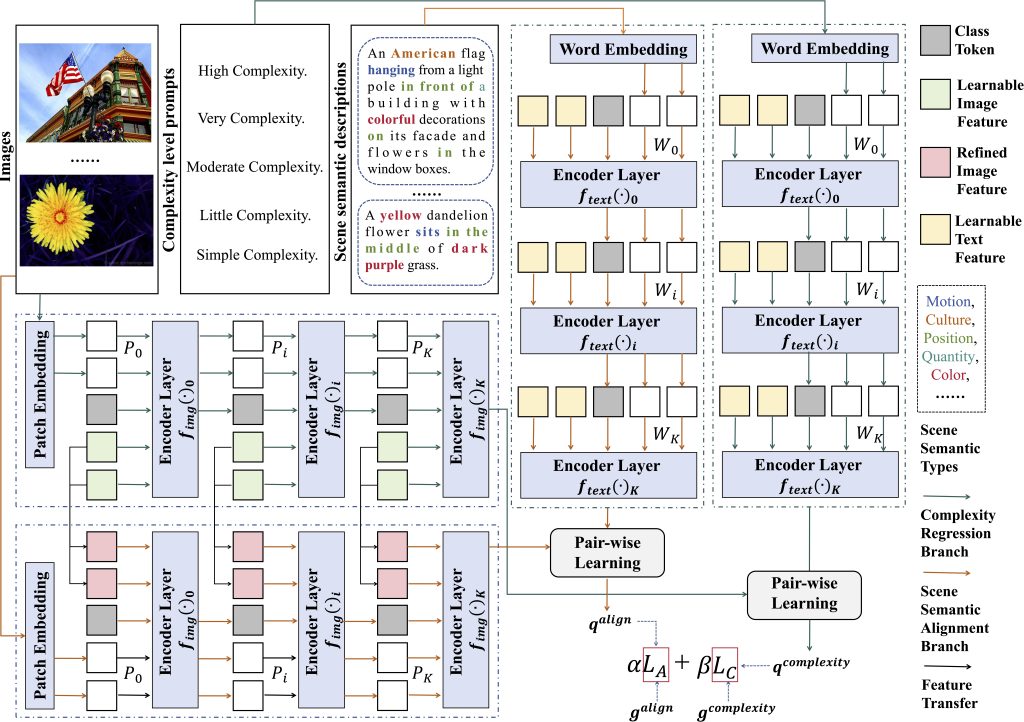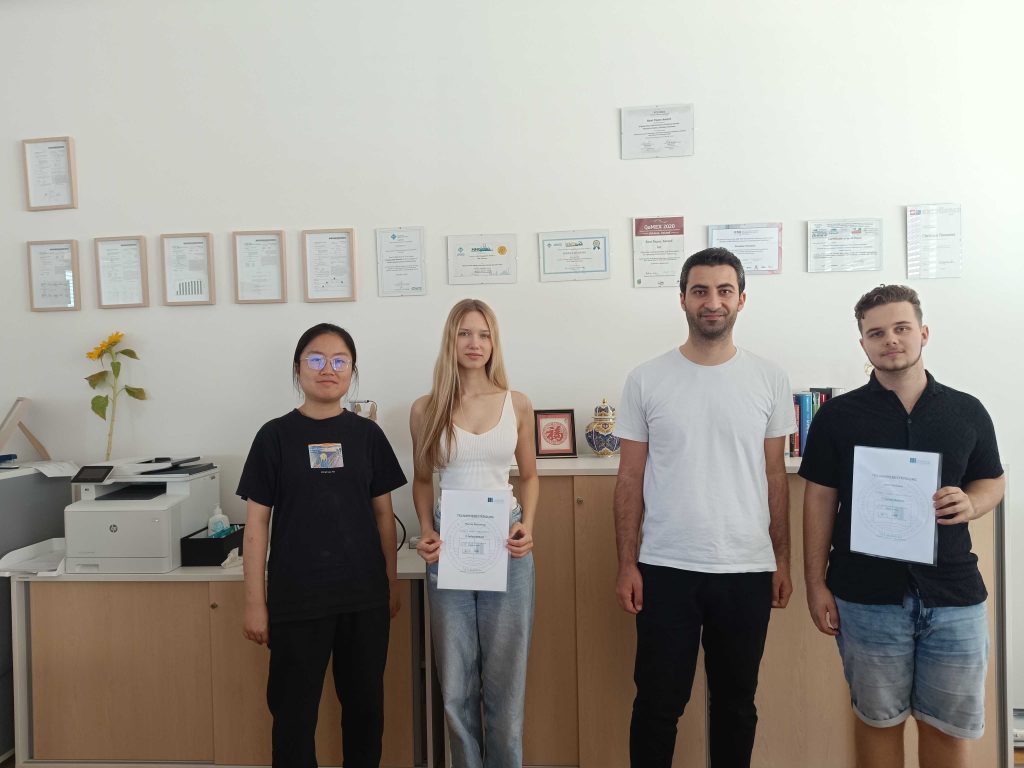We are happy to announce that our tutorial “Serverless Orchestration on the Edge-Cloud Continuum: From Small Functions to Large Language Models” (by Reza Farahani) has been accepted for IEEE/ACM UCC 2025, which will take place in Nantes, France, in December 2025.
Venue: IEEE/ACM International Conference on Utility and Cloud Computing (UCC) (https://ucc-conference.org/)
Abstract: Serverless computing simplifies application development by abstracting infrastructure management, allowing developers to focus on functionality while cloud providers handle resource provisioning and scaling. However, orchestrating serverless workloads across the edge-cloud continuum presents challenges, from managing heterogeneous resources to ensuring low-latency execution and maintaining fault tolerance and scalability. These challenges intensify when scaling from lightweight functions to compute-intensive tasks such as large language model (LLM) inferences in distributed environments. This tutorial explores serverless computing’s evolution from small functions to large-scale AI workloads. It introduces foundational concepts like Function-as-a-Service (FaaS) and Backend-as-a-Service (BaaS) before covering advanced edge-cloud orchestration strategies. Topics include dynamic workload distribution, multi-objective scheduling, energy-efficient orchestration, and deploying functions with diverse computational requirments. Hands-on demonstrations with Kubernetes, GCP Functions, AWS Lambda, OpenFaaS, OpenWhisk, and monitoring tools provide participants with practical insights into optimizing performance and energy efficiency in serverless orchestration across distributed infrastructures.



